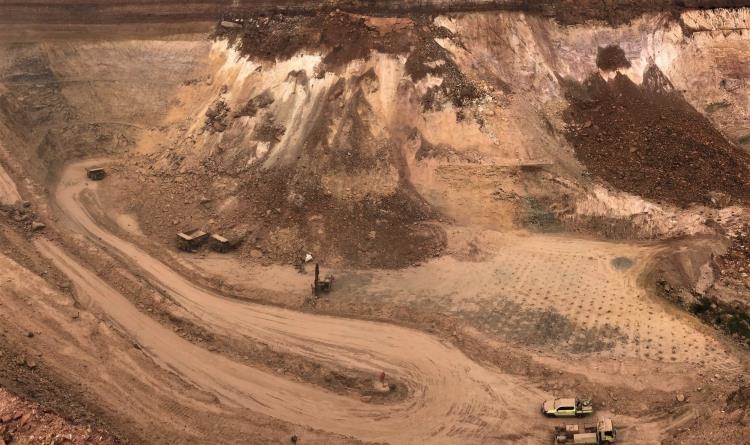Background
During the last 18 months, there were five significant open pit wall failures in Western Australian mines. These incidents caused damage to excavators, vehicles and ancillary equipment, with near misses involving operating personnel at the time of failures. Over the same timeframe, two fatalities due to wall failures occurred in Queensland and the Northern Territory. A number of near misses have also been reported in New South Wales.
In some cases, the hazard was known to mine personnel (monitoring data indicating active movement), and access to these areas remained unrestricted.

Summary of hazard
Failures of both single-bench and multi-bench pit walls can occur in a variety of conditions, from weathered ground to fresh rock. In the majority of incidents, the pit walls remained exposed for a period of time before failure occurred. However, wall failures have occurred during active operations.
A fall of ground has the potential to extend a considerable distance from the toe of the pit wall resulting in persons and equipment being struck by falling objects or engulfed.
Contributory factors
- Inadequate geotechnical information and analysis to determine the hazards of pit wall failures in changing geotechnical domains.
- Aggressive mine designs with high/steep face heights in weak or poor geology.
- Not mining to design and lack of survey controls.
- No controls in place limiting interim pit wall heights.
- Limited surface and groundwater management.
- Inaccurate recognition of pit wall hazards, including unfavourably orientated structures.
- Lack of effective monitoring processes by competent personnel.
- Positioning of equipment close to the pit wall.
- Ineffective determination of the size, location and shape of exclusion zones.
- Poor communication to the workforce on ground control hazards and management controls.
- Lack of training of the workforce on ground control hazards and management controls.
- Not enacting controls based on trigger action response plan (TARP) management.

